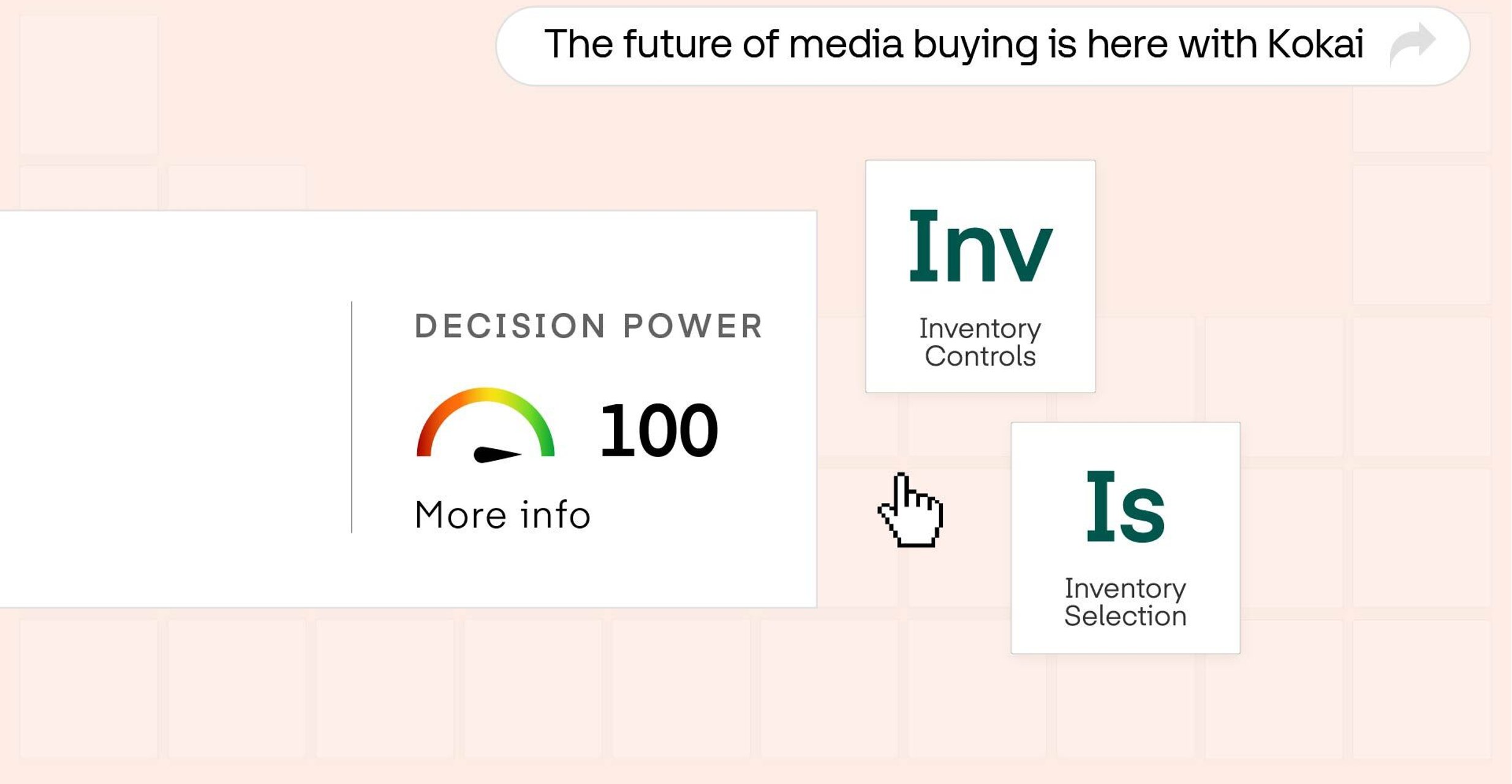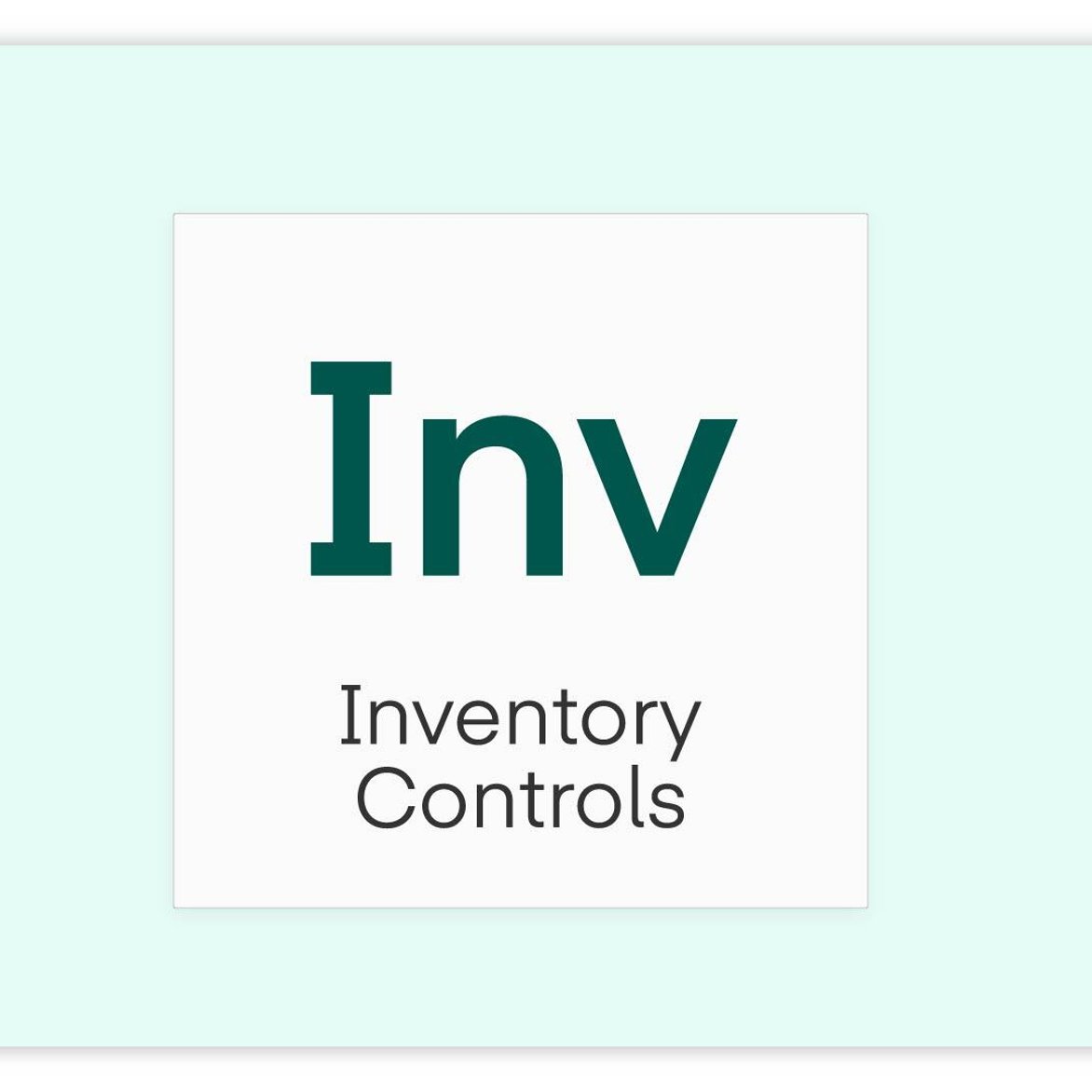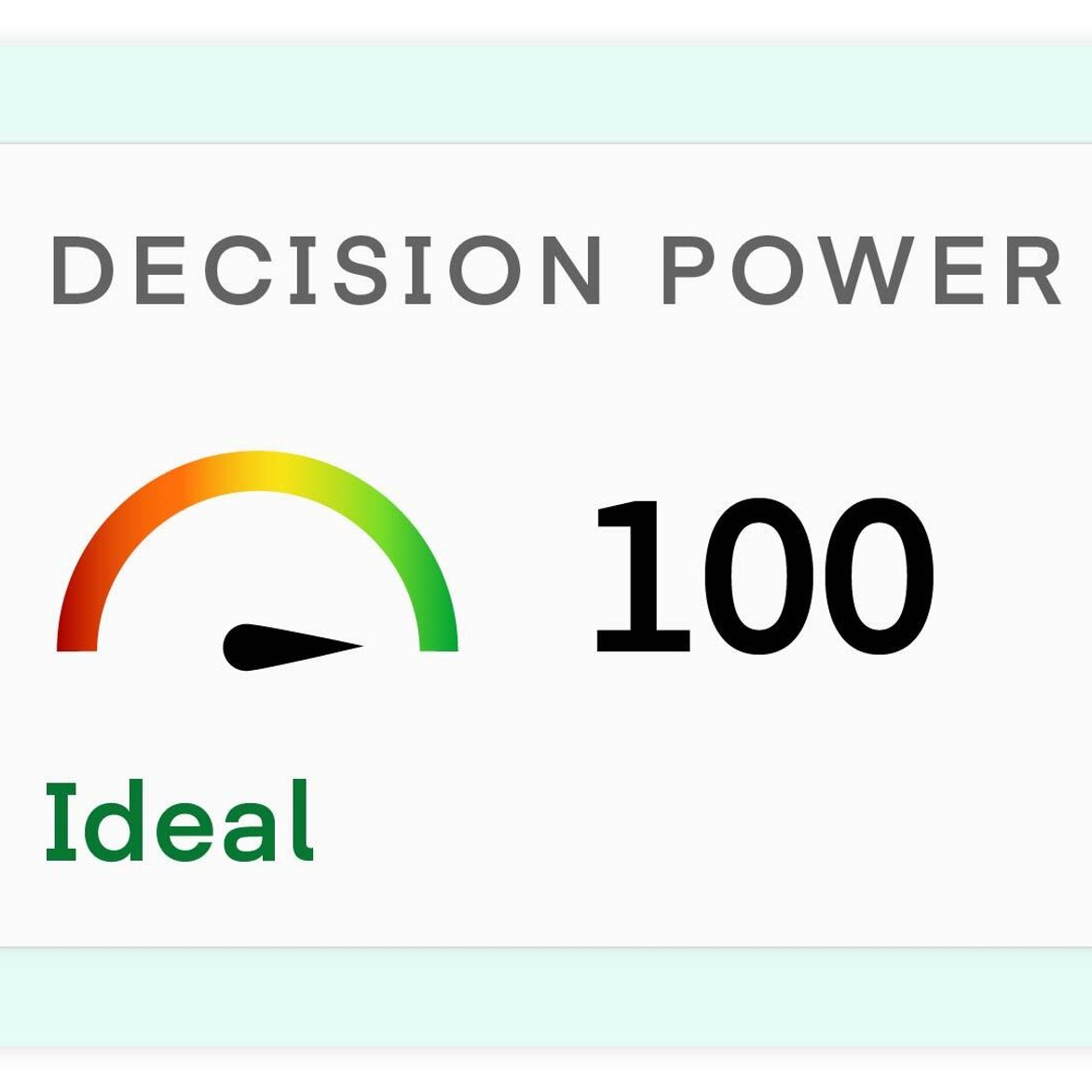Resources Our platform
Drive better outcomes with the latest platform innovations

Select your country or region to see content tailored to your country.
Recruiting fraud is a growing issue for many companies.
The Trade Desk takes this issue seriously and is taking steps to address it.
Our platform
The future of advertising is on the open internet, but media buyer beware — it’s a vast landscape. An abundance of inventory is only as good as a marketer’s ability to reach consumers, who are spending more time with high-quality media in more places than ever. Kokai helps you make a bigger impact with your consumers across the open internet.

Much like consumers, marketers are presented with an abundance of choice — from deciding on what to include in the brand’s creative message to determining exactly who you want to reach. There are countless options that can influence the success of your marketing plan. The complexity only amplifies when you bring the world of inventory into the mix. Connected TV, audio, web — where do you want ads to show up?
Kokai helps you take the guesswork out of reaching consumers across the media they consume and equips you with the tools you need to make more informed inventory decisions.
Here are three ways Kokai can help you to elevate your inventory strategy.
Inventory decisions are typically driven by a search for publishers that align contextually with a brand. The constant juggling of sites and publisher lists, deal negotiation, and placement management is a less-than-ideal exercise. While it may be tempting to focus solely on a select few publishers, doing so risks missing out on the opportunity to engage with your most valuable audiences across the open internet. For this reason, learning how to center your campaign around audiences is pivotal.
The solution is to target a source of inventory that can meet your campaign’s requirements for both scale and quality. With Sellers and Publishers 500+, you get one-click access to a curated list of premium publishers and placements. You can rise above the limitations of traditional inventory management and easily expand your reach to high-value audiences all in one place.
Whether opting for the open market or the Sellers and Publishers 500+ marketplace, you have the flexibility to balance scale with quality, helping your campaigns reach the desired audience while adhering to stringent quality standards.
Once you’ve selected your marketplace on the platform (open market or Sellers and Publishers 500+), you can fine-tune your inventory-quality pre-bid controls all within the Inventory Controls tile [Inv]. We’ve consolidated previously available quality metrics like brand safety and viewability, and even added new ones like ad refresh and ad load to provide you with even more control.

These attributes allow you to refine specific inventory types which can positively affect campaign performance. While you have the power to determine your own thresholds for quality, it’s also important to not be overly restrictive. But rest assured, you’ll see key metrics on the top-right of every screen — like forecasted spend, relevance, and decision power (which we’ll get into below) — to help you understand the health of your setup and find the optimal balance between scale and quality reach.
Understanding and optimizing your inventory selection is paramount to maximizing performance and boosting value. Inventory Selection [Is] offers a comprehensive toolkit to navigate this landscape effectively.
The Inventory Selection tile [Is] organizes all the different inventory sources so that you can better monitor performance and identify opportunities to expand or improve your inventory mix. One of the most common pitfalls in an inventory strategy is starting too narrow, and Inventory Selection [Is] is purpose-built to counteract this tendency by guiding you through a series of steps aimed at responsibly expanding your inventory.

Once you set your mix of desired publishers, additional inventory-buying routes for the same publishers will emerge as an option to include in your buy. Now you can get the most inventory from your top publisher mix. This expansion isn’t just about quantity of inventory sources, but about finding the most valuable pockets of the open internet to engage your audience. One standout feature of Inventory Selection [Is] is its ability to provide real-time feedback on the impact of your decisions — you can monitor forecasted spend and relevance scores to adjust dynamically as you make selections.
Prioritizing value in your buying decisions can lead to a greater campaign impact, which is why it’s so important to rightsize the pool of inventory you consider. The more qualifying impressions you allow the platform to evaluate at bid time, the more opportunity you give it to find value. Said another way, if you can stack rank based on value and choose the best impression from either a pool of 100 or a pool of 10,000, the latter will almost always lead to a better decision for your campaign.
Decision power quantifies the inventory consideration circles your campaign is considering relative to its targeting and how many impressions it needs to buy to fulfill its budget. When your audience or inventory targeting is too restrictive, you lose the ability to be selective and choose the most valuable impressions. In contrast, if your settings are too broad, you’re passing up on an opportunity to use more strategic targeting and increase your campaign relevance. High decision power scores mean your campaign can be more selective and find more value. The more selective your campaign, the better.

With Kokai, you now have simple, yet powerful tools to help gauge campaign effectiveness and level up your decisioning power. Kokai paves the way for enhanced value, better outcomes, and ultimately the realization of programmatic advertising’s full potential.
New to The Trade Desk? Contact us to learn more about Kokai today.
Disclaimer: This information is provided solely for background and is not a representation or guarantee of any future performance.
Resources Our platform

Resources Our platform

Resources Omnichannel
